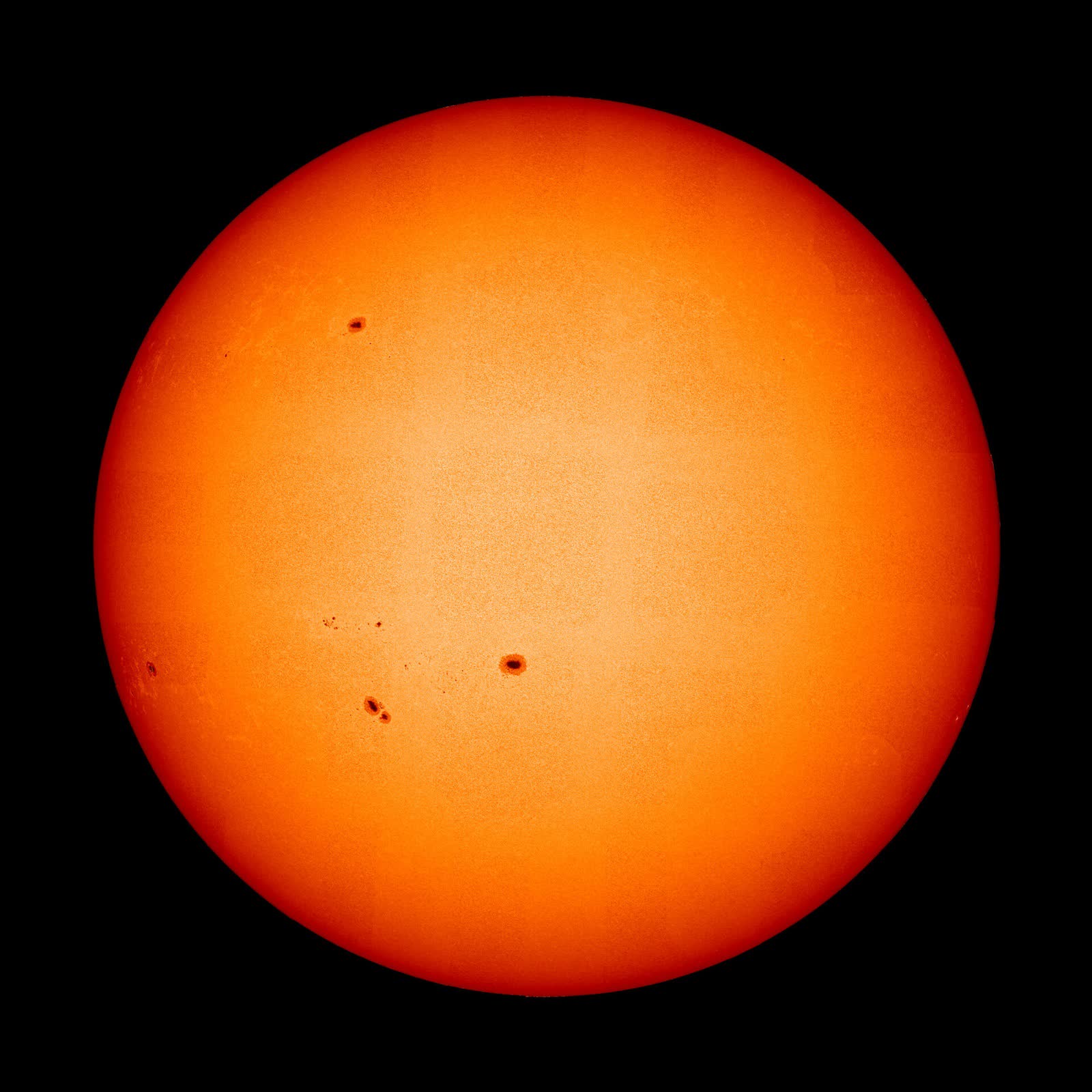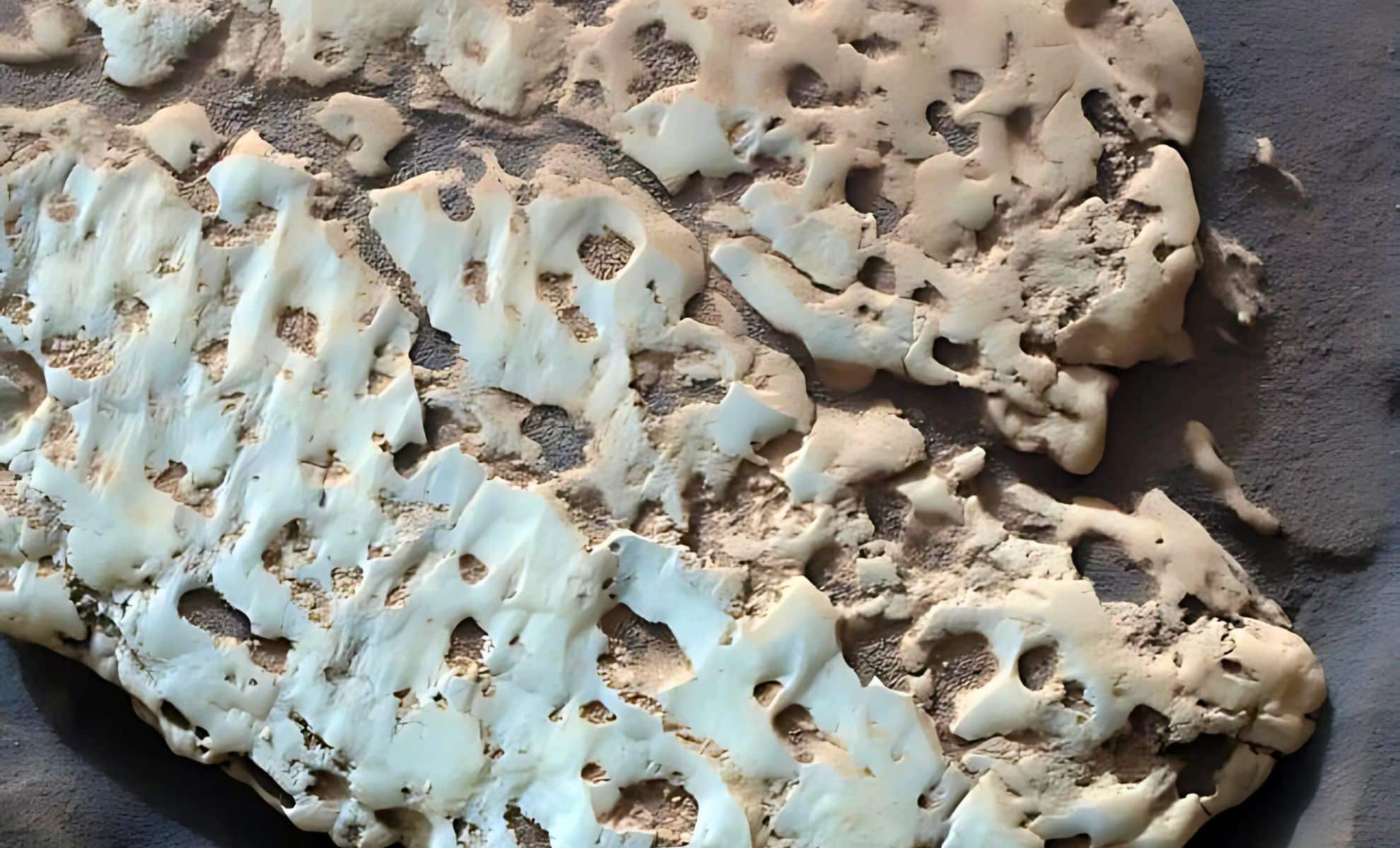After being discovered twenty years ago, the asteroid and quasi-moon 2002 VE 68 has been given the official name “Zoozve” due to an interesting discovery made by Radiolab host Latif Nasser. Nasser found the name “Zoozve” on a poster of the Solar System belonging to his 2-year-old child. This discovery prompted an investigation as Venus is known to not have any moons. Nasser could not find any references to “Zoozve” and even contacted a friend at NASA who was also unfamiliar with it. Later it was found that the name “Zoozve” was actually a misinterpretation of the object’s provisional designation as a moon.
The quasi-satellite, officially named Zoozve, is unique due to its unusual orbit and was the first of its kind to be discovered. Its orbital period is approximately 225 days, nearly identical to that of Venus. The object, originally named 2002 VE 68, was discovered by the team led by Seppo Mikkala of Tuorla Observatory in 2004.
After this Radiolab investigation, the first quasi-moon in the Solar System around a major planet has been officially renamed Zoozve by the Working Group of the International Astronomical Union (WGSBN). The object has been orbiting the Sun for quite some time, and it is believed to have originated from elsewhere, potentially being a near-Earth asteroid that was injected into its current orbit about 7,000 years ago. [H/T: Radiolab]
Solar System’s First Quasi-Moon Officially Named “Zoozve” After an Error Was Found on a Child’s Poster














